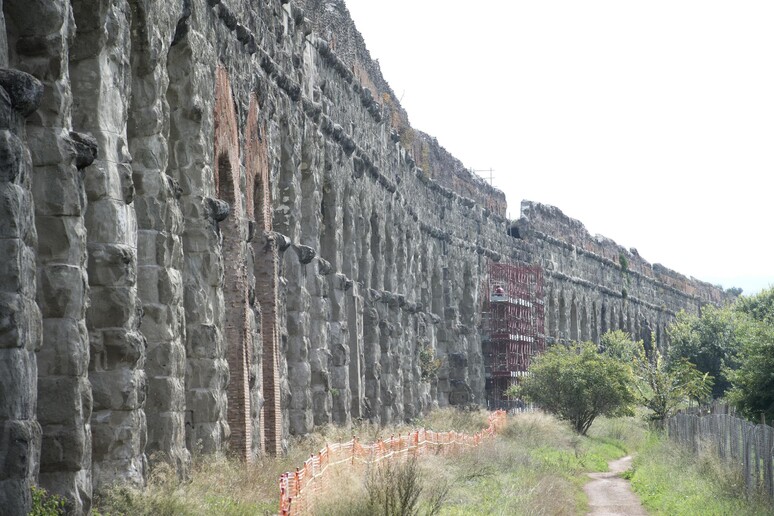Italy's ancient Roman Appian Way was
admitted to the UNESCO World Heritage List on Saturday during
the 46th session World Heritage Committee, which is taking place
in New Delhi.
It becomes Italy's 60th entry on the list after a successful bid
prepared by the culture ministry, the first handled directly by
it.
At more than 800 kilometres long, the Appian Way, Queen of Roads
(Via Appia, Regina Viarum) is the oldest and most important of
the great roads built by the Ancient Romans.
"Constructed and developed from 312 BCE to the 4th century CE,
it was originally conceived as a strategic road for military
conquest, advancing towards the East and Asia Minor," UNESCO
said.
"The Via Appia later enabled the cities it connected to grow and
new settlements emerged, facilitating agricultural production
and trade.
"This property, composed of 22 component parts, is a fully
developed ensemble of engineering works, illustrating the
advanced technical skill of Roman engineers in the construction
of roads, civil engineering projects, infrastructure and
sweeping land reclamation works, as well as a vast series of
monumental structures including, for example, triumphal arches,
baths, amphitheatres and basilicas, aqueducts, canals, bridges,
and public fountains".
ALL RIGHTS RESERVED © Copyright ANSA











